It’s been one year since Final Fantasy XIV celebrated the successful launch of its third expansion, Shadowbringers. With the finale in the form of Patch 5.3: Reflections in Crystal only a day away from emotionally crushing the community while simultaneously providing us adorable stickers for our screenshots in Group Pose, I had taken this time to fondly look back and reflect on what made Shadowbringers such a fantastic expansion compared to those that came before.
I found myself asking: Why was it so good? What was done differently this time around? What made Shadowbringers rival previous Final Fantasy games, matching them in greatness and nostalgia? As I thought about these questions, I realized it was because the development team hit five major story-crafting elements that ultimately led to the game’s success.
In this piece, I will be going over those five subjects in hopes that it not only puts my thoughts about the expansion into words, but also help others see what I believe made the story so incredible, and why Shadowbringers was, and is, an incredible work of art that will be remembered for years to come.
A warning for those still new to the game: There are going to be some heavy spoilers beyond this point, I strongly recommend you do not read beyond this point until you’re caught up on the Main Scenario Questline.
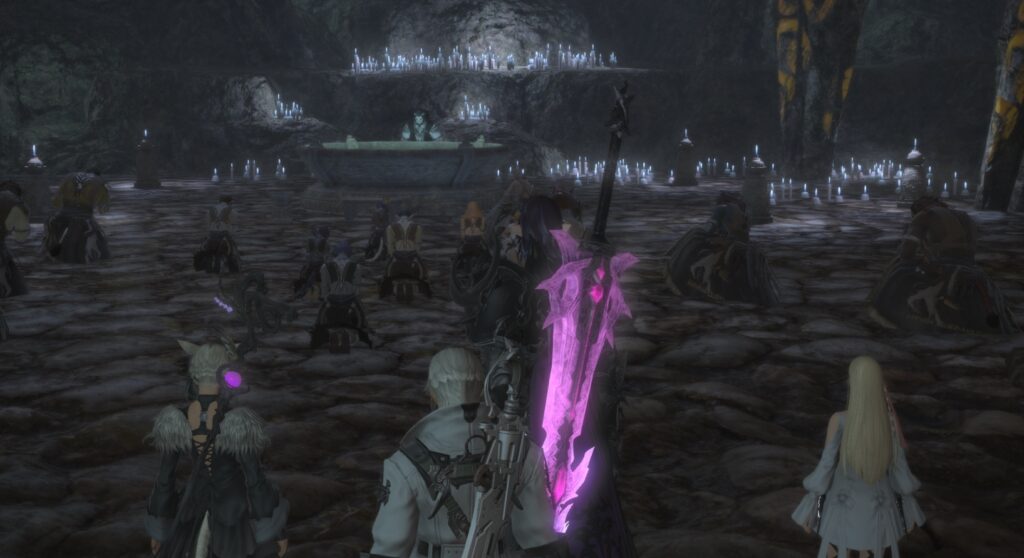
Clear story focus
In the expansions before Shadowbringers, Final Fantasy XIV often struggled with focus, something I mentioned in my review last year. It helps keep the reader’s attention on the task at hand, and doesn’t overwhelm them with multiple running plots. In Heavensward, for example, the war between The Knights of Ishgard and The Dravanian Horde. The Warrior of Light’s focus was initially hiding in Ishgard to avoid arrest, but gradually shifted toward helping put an end to the war. It was clear: We, the players, must bring peace to these warring nations.
Midway through the expansion however, and moments before encountering the antagonist Nidhogg, the Warrior of Light is called back to Ul’dah to quickly clear their name of murder before flying back to Ishgard to resume the overarching story. While the sudden shift in plot did answer lingering questions players had about the ending to Patch 2.5 and 2.55, it brought the story’s flow to a halt and shifted focus so quickly that it felt out of place. While it’s difficult to find a spot to tie up that plot point in the patches following Heavensward, having a subplot solved at the midway point in the story was extremely jarring because of how quickly our focus shifted from the A plot to the B plot, then back again.
Shadowbringers addressed the focusing issue by keeping players’ attention solely on Norvrandt, while sprinkling in some elements of the war plot unraveling back home with brief cutscenes. There was never a moment where the player was whisked away to handle matters back home. The Warrior of Light was kept in one place, almost completely unaware of the extreme drama that was unfolding elsewhere in the universe, while we, the players, were privy to that knowledge, easing our curiosity about the struggles at home. The development team even addressed the idea of having to return home to do class quests by introducing role quests, encouraging players to remain in the new world.
In stories, it’s important to keep the readers focused in one place rather than shifting between massive plot points. To be focused on one plot, then quickly swap to another and back again, causes a brief break in immersion, snapping the reader out of the story to question: “Why are we over here now?”
Shadowbringers keeps the attention where it’s needed. It keeps the player engaged in the lore, world and the people of that world by keeping their focus on one subject at a time. With the focus set in one place, the player can then begin to forge a connection between themself and the world, an important thing for a writer to establish if they want an emotional response from the reader later down the line.
Perfect pacing
Pacing is just as important as focus. Nothing will lose the attention of a reader faster than zipping through the cool bits, while the filler spots drag on for an eternity and beyond. Stories need an equal balance of both filler and plot. The plot drives the story forward and gives the reader something to look forward to, while the filler strengthens the connection between the reader and the characters by having a chapter or two devoted to what I like to call: “The silly fluffy stuff.”
Final Fantasy XIV has had story pacing issues in the past — lengthy side quests that went on and on and on — but Shadowbringers got it right. Every zone the player visited never felt forced and never overstayed its welcome. Every spot in the story was paced and spread out perfectly that you couldn’t even tell where the filler even began. Everything felt important, and when you started to get that faint lingering feeling of “boy I’d like to see a new zone,” boom! The quests of that area were done and you were whisked off to the next important plot point.
Seamlessly, players got to experience new zones, learn the lore of the world, meet new characters and grow closer to old favorites, all the while progressing the overall plot towards its impressive climax without the need of a lengthy cheese-related quest. Nothing dragged out too long, and nothing felt too short. It was a perfect blend of fluffy funny stuff and serious dangerous situations that kept tugging the player along with the promise of more at each chime of a completed quest.
A personal connection
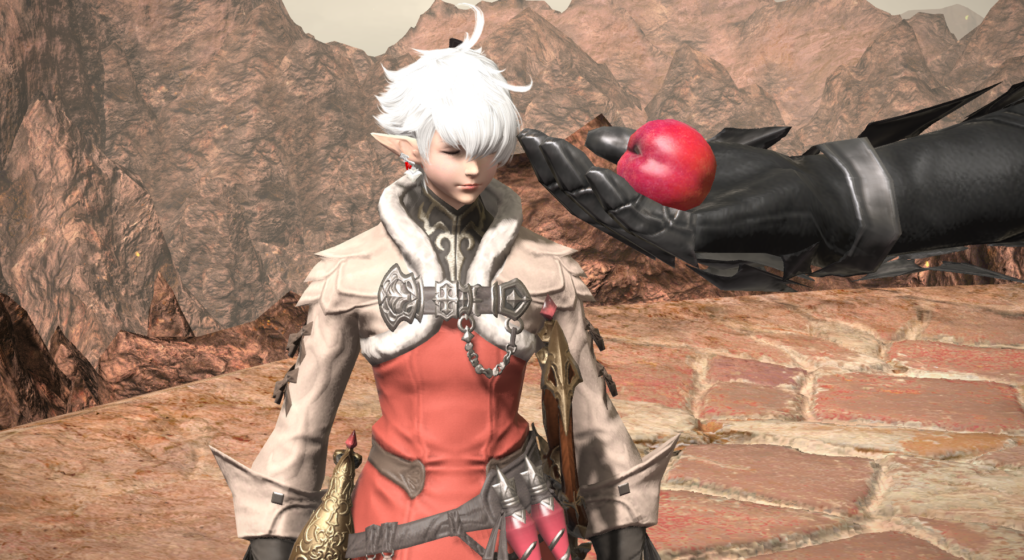
Focus keeps the story in one place. Pacing keeps the story from being too long or too short. A personal connection keeps the reader emotionally invested from start to finish because they grow to care about the world and its people. It’s not a conscious thing most of the time, and readers don’t even realize they’ve been hooked until the emotions bubble out of them, be it in a joyful laugh, a frustrated sigh, a grumble of anger or tears of sorrow. Having a personal connection to the story is a crucial key in storytelling, and another one in this checklist that Shadowbringers got so right.
Yes. I’m talking about the Tesleen plot in Amh Araeng.
While it was a revolting encounter that left myself and others horrified and shocked, I realized afterward that the scene was, as upsetting as it is to admit, necessary for the story’s success. It was the important catalyst that forged the much needed personal connection between the player and Norvrandt. Tesleen’s sacrifice was Shadowbringers following the number one rule of storytelling: “Show, not tell.”
Players know the Tesleen scene. Engraved in the minds of the community, it caught us all off guard. The game had never done something so shockingly dark before. Even the sounds were disgusting. Many felt sick or stunned, but I was angry to the point of tears. A kind, compassionate individual who wanted nothing more than to protect the people of Journey’s End whose heroic sacrifice ended with her transformed into an anathema: A violent, unthinking beast. We never see a scene like this again, but it played its part well in underlining the horror left in the Sin Eaters’ wake.
In that moment, though painful to watch, we forged a personal connection to the world, even if we hadn’t realized it. Every single mention of the Sin Eaters afterward carried an unbelievably heavy weight. The entirety of Holminster Switch was emotionally difficult to get through the first time. Every time an NPC engaged with these monsters of light, there was a moment of panic and stress that they wouldn’t make it, that we’d have to kill our very own friends. There was a reason to fight, and we understood why the Warrior of Darkness was Norvrandt’s only hope.
You were their only hope. You were the only one who could stop, and knew how to stop, their pain. After all, that’s what the hero does — you save people. In that moment, you understood that you could stop what befell Tesleen from happening again, you had become emotionally invested and ultimately forged a personal connection to the world and its people.
We love our characters
Over the years I’ve realized that I get very attached to a game’s protagonist when I have the option to customize them entirely. It makes the character far more personal and close to the heart. Spending a lot of time in the community — watching videos, browsing art and seeing conversations on forums and Twitter — I know a lot of other players feel the same. We love our Warriors of Light, and Shadowbringers played heavily on that love in the best way possible.
Heavensward made the Warrior of Light feel like a bridge between kingdoms, the focus on the war rather than on our character. Stormblood felt more like Lyse’s story than our own. Shadowbringers made the focus not only on Norvrandt, but on us. This is translated through the concern and love from the NPCs we’ve grown close to over the years, and from the twist of a past life, where it’s implied that the player character was once close friends with the expansion’s main antagonist.
You arrive in a new world, see first-hand the suffering of the people, are driven to stop it, and watch as your character collapses under the weight of it all. That the NPCs you helped, who you stood beside and supported in the past, now have to shift their support toward you and lift you back to your feet. That you are willing to sacrifice yourself like Tesleen, to protect the people who matter, only for those people to turn around and protect you in return, reaffirming that your character is very much the heart and core of this tale.
To have your character at the center of the story like this, to have NPCs respond to you in such a way, to feel like the protagonist in a really good book, is one of the main factors why Shadowbringers is so incredible and why it resonates so well with players. You aren’t reading about some relatable character, and you’re not playing a protagonist designed for you by someone else. You’re playing a character of your own making, one filled to the brim with your own ideas of how your character would respond, think and act. The story does so well to remind the player that their very own creation is the hero of this story.
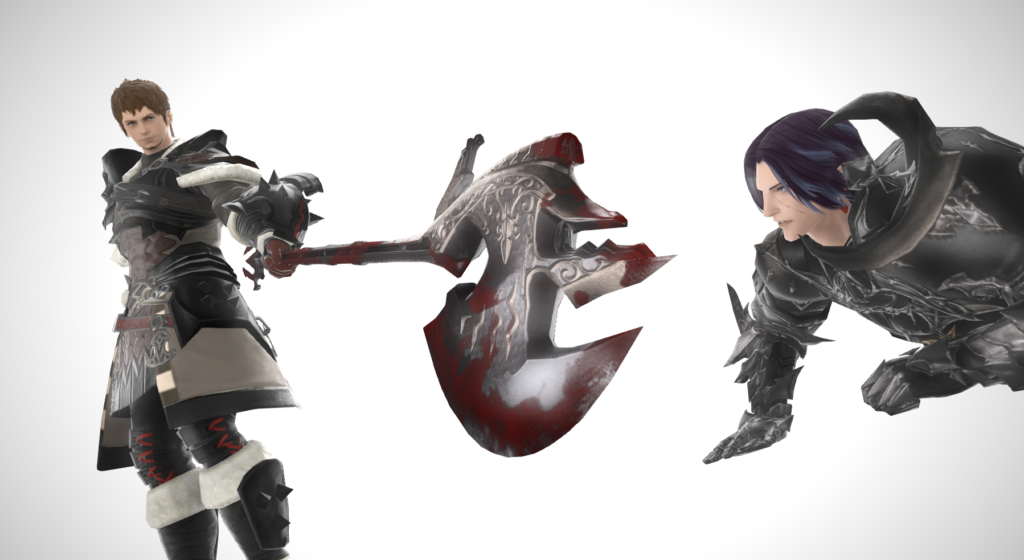
They didn’t hold back because it’s an MMO
Massively Multiplayer Online Role Playing Games have evolved greatly since the days of Ultima Online and EverQuest. Back in the days before World of Warcraft stirred up the market into something a bit more palatable for the casual player, MMORPGs were, for the most part, a way for people to play Dungeons and Dragons over the internet, with the focus being a bit more on loot and fighting dragons than on stories and NPCs. It’s not to say there weren’t stories at all, just that it wasn’t at the forefront of everyone’s minds. You didn’t buy EverQuest for the story, nor did you recommend it to your friends for that reason, you got it for the gameplay and the online community. If you were a story-seeking adventurer like myself, you often would find the heavy story-driven aspects of the game in the form of roleplay with other players, and would instead create a dynamic, drama-filled tale for yourselves together, similar to a tabletop D&D session.
In recent years, MMORPGs have begun experimenting with more story-driven narratives, especially after the success of World of Warcraft’s third expansion Wrath of the Lich King, which had concluded an incredible storyline from it’s predecessor Warcraft III. But even still, MMORPGs tended to focus heavily on the gameplay and never relied too much on the story, possibly fearing that a story alone couldn’t carry an online RPG. Which is true. A game without gameplay isn’t a game, it’s a film. For this reason, a lot of MMORPGs have stories that are short, not entirely focused on one element, and tend to never be mentioned again later down the road, or if they are, it’s only brief and never anything long-term.
This is where Final Fantasy XIV differs from other MMOs on the market. It offers a long-term and consecutive story as its unique strength. Due to this, the community has come to expect a good story from each expansion and patch, not only because it’s a Final Fantasy game and that’s a standard it has to live up to, but also because it was something the development team established early on. It is a story-driven MMORPG with fun gameplay mixed in, not the other way around. This has opened up the opportunity for the development team to go hard when it comes to the story, and for Shadowbringers, they did. It’s very present in the writing that there was no hesitation from scenario writer Natsuko Ishikawa, and that she and the writing team understood that the community wouldn’t reject the notion of a heavy fantasy story following The Hero’s Journey, rather, we’d welcome it with open arms.
It felt like a single player experience, one strengthened by the addition of the Trust System. And that’s not something you’d expect from an MMO. You’d expect the gameplay to take front priority seating with the story as an after-thought. In Shadowbringers, the story was at the forefront of everyone’s minds. It was crafted with care and attention to detail, it took previous expansions and themes into account, it concluded old plot threads, introduced new ones, and caught everyone by complete surprise with an ending so hyped it had a lot of us sitting at the edges of our seats like the climax of an incredible film. It broke away from the old MMO formula and became its own unique thing.
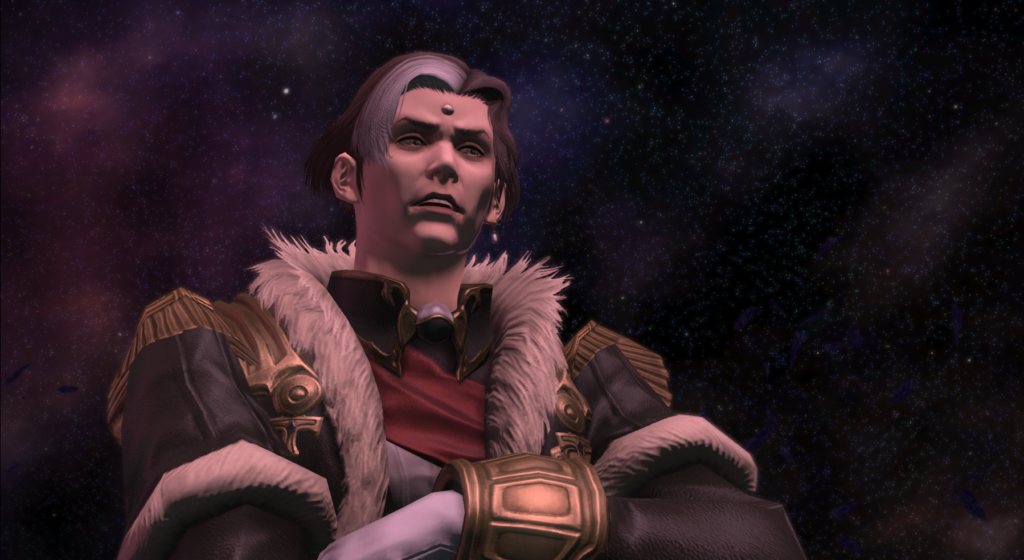
Shadowbringers successfully hits all five of these key elements and more to be an instant fantasy classic, and I feel it has set the foundation and expectation for storytelling in MMORPGs. Though it’s story comes to a close this coming Tuesday, nothing will change my mind of the fact that Shadowbringers is Final Fantasy XIV at its apex. It’s easily one of the best Final Fantasy stories in the series and its genre.
Final Fantasy XIV is available now on PlayStation 4 and PC.
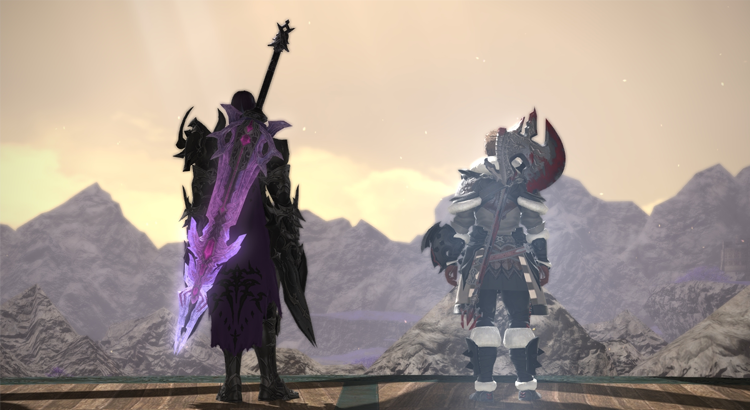
Recent Comments